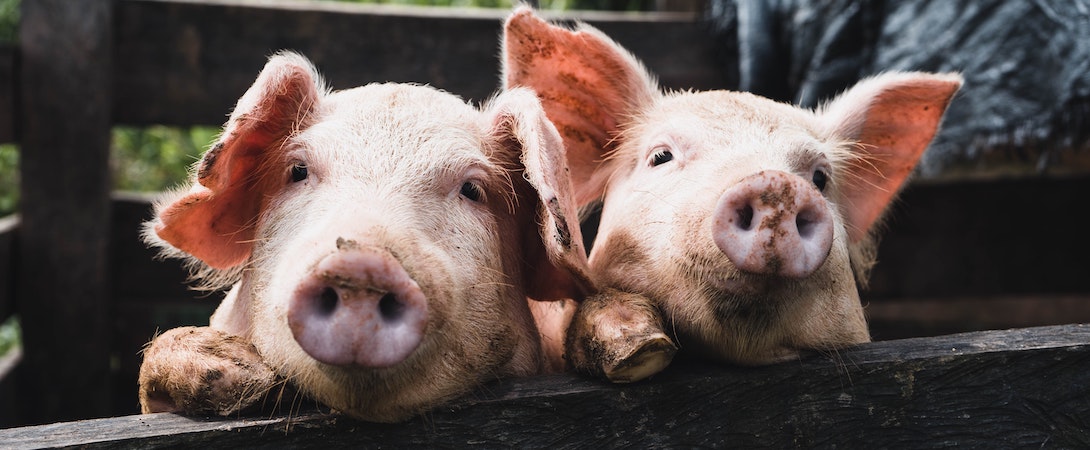Lack Of Blinding In Animal Model Experiments
Only 15% of non-human animal experiments are blinded, whereas use of blinding in experiments on humans is widespread. This review identified 10 studies that had both blinded and non-blinded assessors for the same group of test animals, and analyzed them for the presence of five types of “effect modifiers” (bias). Result interpretation for all 10 studies exhibited at least one of the modifiers. The degree of distortion varied from small to pronounced. The authors call for more blinding in experiments on animal, particularly where interpretation of results is subjective.
[Abstract excerpted from original text.]
“Objectives To examine the impact of not blinding outcome assessors on estimates of intervention effects in animal experiments modeling human clinical conditions.
Study Design and Setting We searched PubMed, Biosis, Google Scholar, and HighWire Press and included animal model experiments with both blinded and nonblinded outcome assessors. For each experiment, we calculated the ratio of odds ratios (ROR), that is, the odds ratio (OR) from nonblinded assessments relative to the corresponding OR from blinded assessments. We standardized the ORs according to the experimental hypothesis, such that an ROR
Results We included 10 (2,450 animals) experiments in the main meta-analysis. Outcomes were subjective in most experiments. The pooled ROR was 0.41 (95% confidence interval [CI], 0.20, 0.82; I2 = 75%; P < 0.001), indicating an average exaggeration of the nonblinded ORs by 59%. The heterogeneity was quantitative and caused by three pesticides experiments with very large observer bias, pooled ROR was 0.20 (95% CI, 0.07, 0.59) in contrast to the pooled ROR in the other seven experiments, 0.82 (95% CI, 0.57, 1.17).
Conclusion Lack of blinding of outcome assessors in animal model experiments with subjective outcomes implies a considerable risk of observer bias.”

















